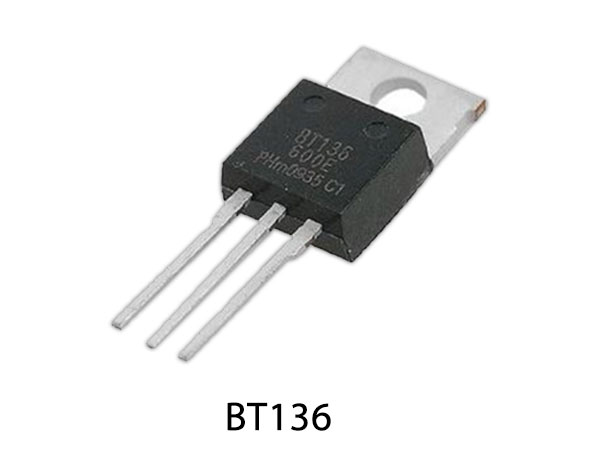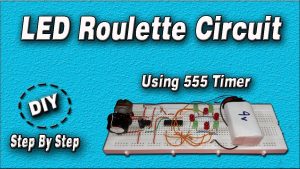In this project, we are going to make an Automatic Night Lamp with TRIAC. TRIAC is a three-terminal electronic component that is also known as a bidirectional triode thyristor. It is a high-speed solid-state device that is able to switch and control AC power in both directions of a sinusoidal waveform. Since they are solid-state devices they are usually used to control lamps, motors, and heaters.

Hardware Components
The following components are required to make an Automatic Night Lamp Circuit
| S.No | Component | Value | Qty |
|---|---|---|---|
| 1. | Diode | 1N4007 | 4 |
| 2. | Ceramic Capacitor | 330nF/40V | 1 |
| 3. | Electrolytic Capacitor | 330µF/25V | 1 |
| 4. | AC Supply | 220V | |
| 5. | Zener Diode | 6.2V | 1 |
| 6 | LDR | – | 1 |
| 7. | Transistor | 2N4403 or 2N3906 | 1 |
| 8. | TRIAC | BT136 | 1 |
| 9. | Resistor | 1M | 1 |
| 10. | Variable Resistor | 50K | 1 |
| 11. | Lamp | 230V | 1 |
BT136 Pinout

For a detailed description of pinout, dimension features, and specifications download the datasheet of BT136
Automatic Night Lamp Circuit

Working Explanation
There are two sections in this circuit. The first section is a capacitor power supply and the second part is an automatic night lamp.
First Section: Capacitor supply circuit
We are not using any transformer in this circuit, the circuit is directly connected to the AC mains supply through a capacitor power supply. This capacitor power supply circuit is using a 330nF capacitor it drops the mains voltage. This voltage is passed through a bridge rectifier to convert it into DC and later filtered through a smoothing capacitor of 330uF. To further step down the voltage for the second part we have used a Zener diode.
Second Section: Dark sensor circuit
The second part of the circuit is a dark sensor circuit. In this part, we are using an LDR to sense the dark. When there will be no light falling onto the LDR its resistance will be maximized and it will stop the voltage from flowing to the ground. The transistor will start conducting and it will turn on the TRIAC. When the TRIAC will turn on the AC current will pass through it and the bulb will be activated.
Precautions
Since there are many points of this circuit where AC mains voltage is coming, it could give you a lethal shock If not careful. Please don’t try making this circuit if you don’t have knowledge about working with AC line voltages.
Applications and Uses
- Emergency Lights
- Houses
- Bedside lamps
- Electronic Appliances













